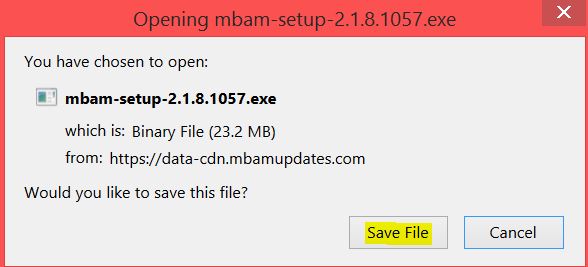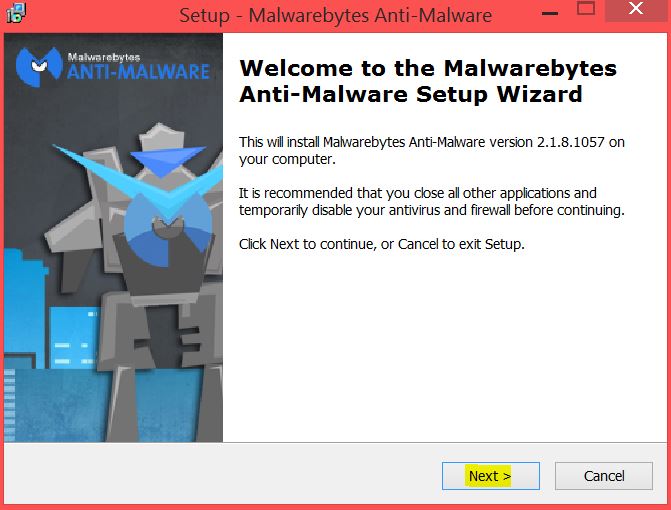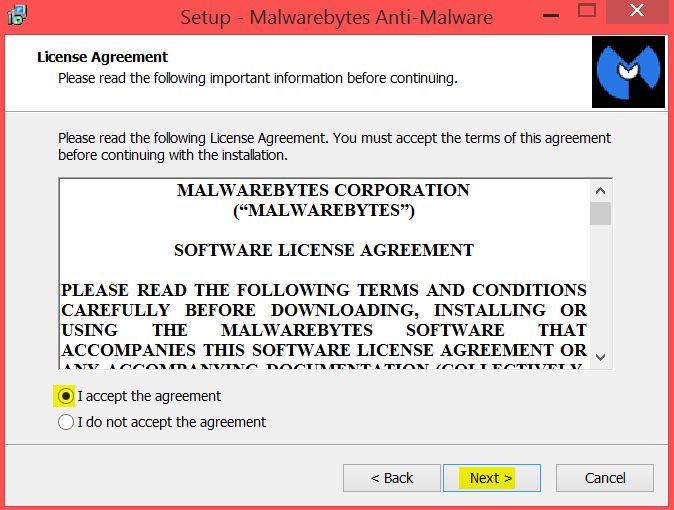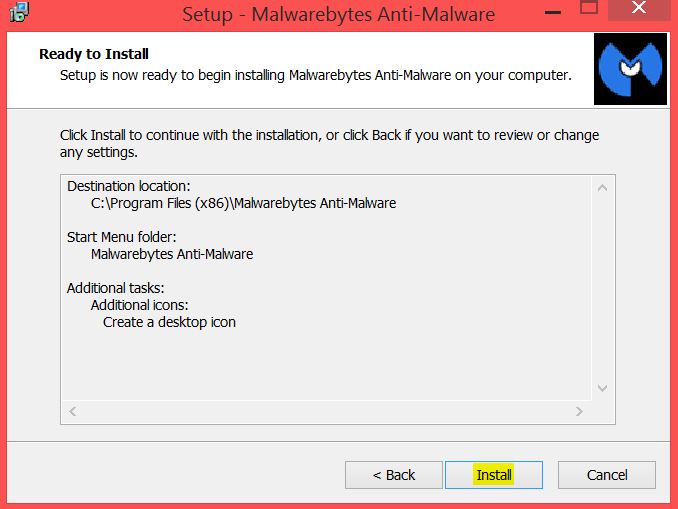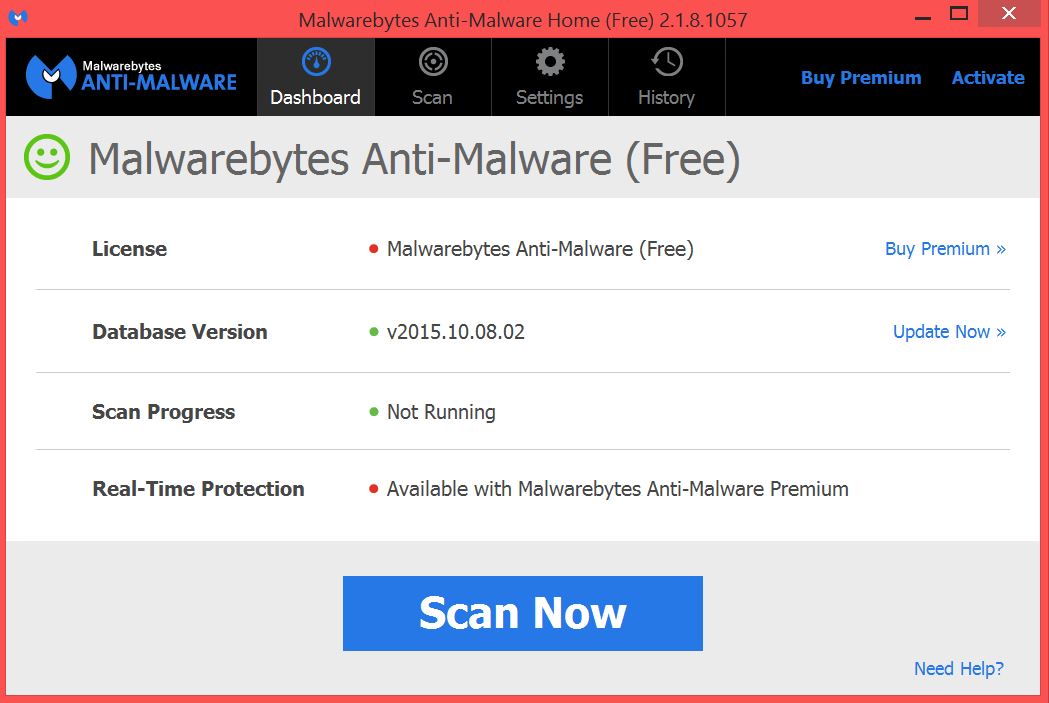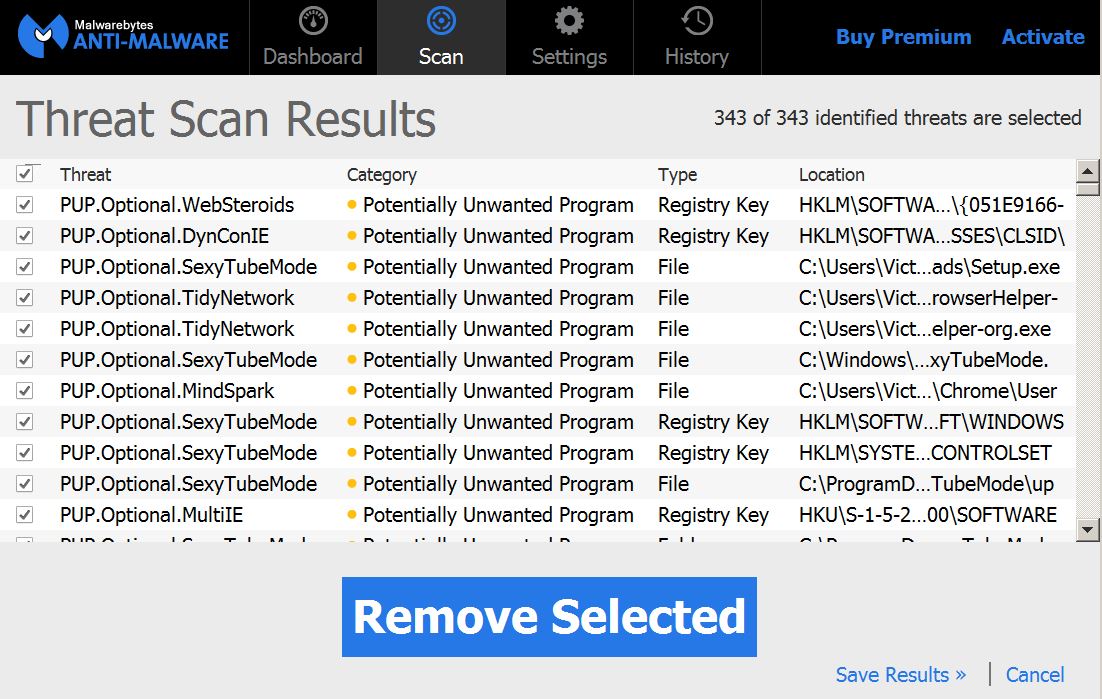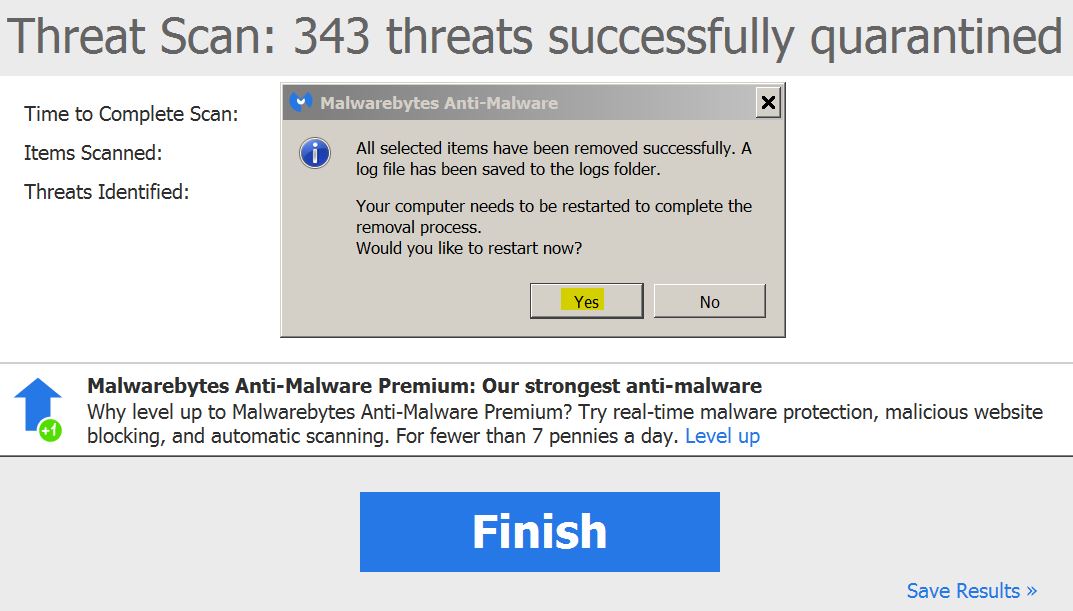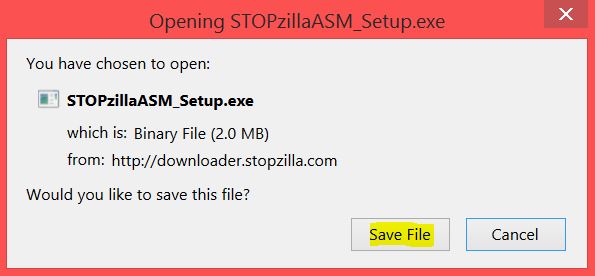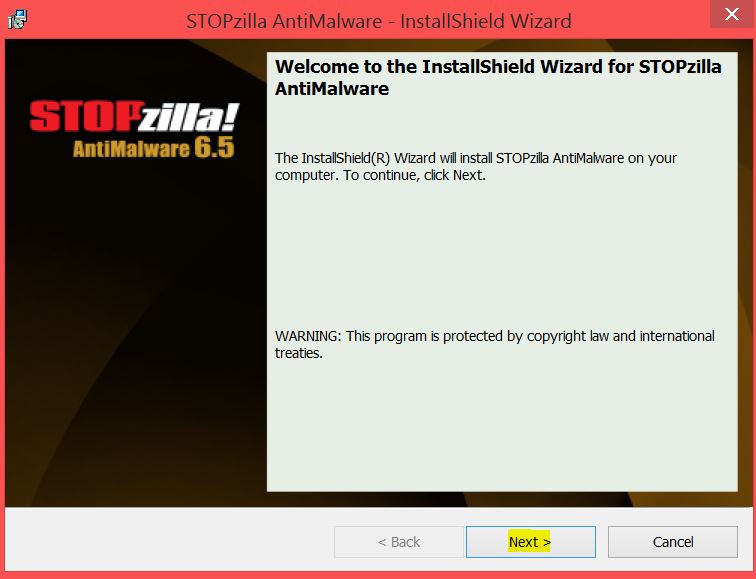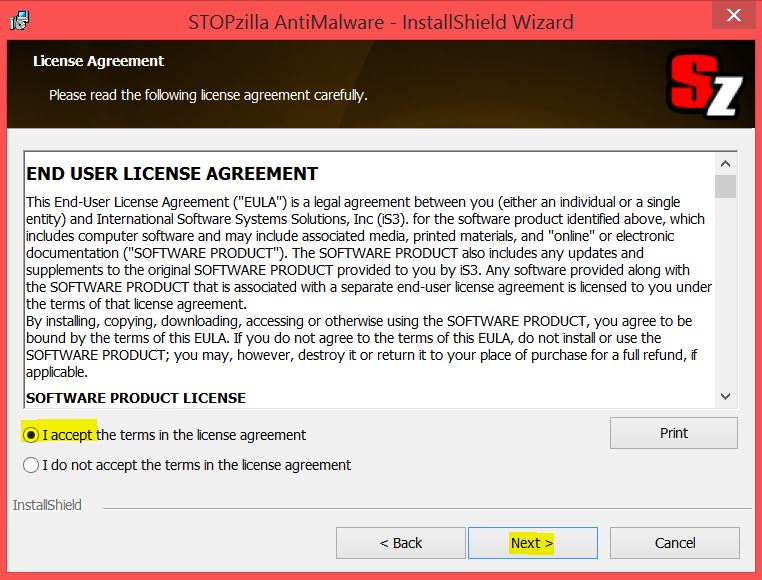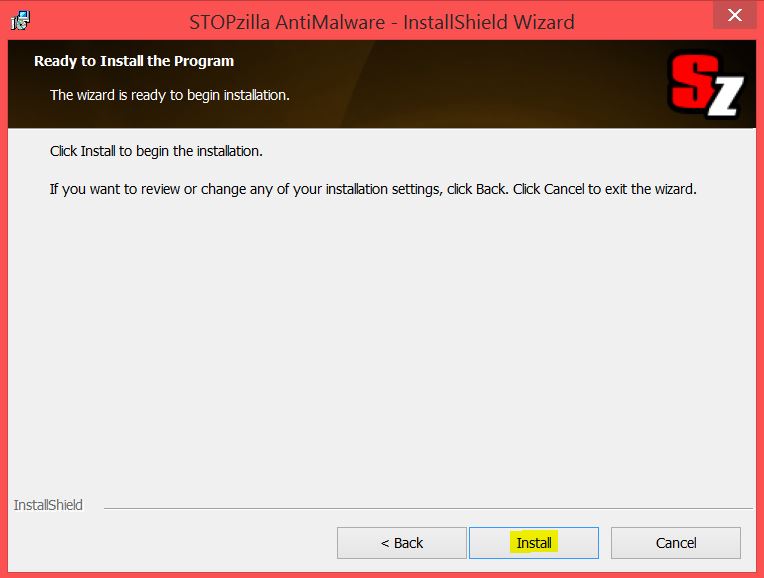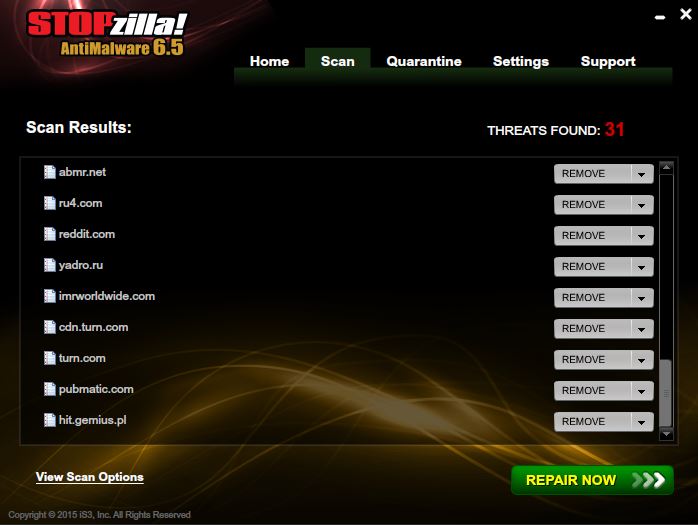Another locker type of ransomware called Brolo has been reported to affect users on a massive scale. The ransomware uses malicious JavaScript to infect the browser of the user and connect to a remote host that displays a fake Blue Screen of Death (BSOD) message along with a scareware pop-up. Its aim is to extort users for money to fix a problem that does not exist. All users affected are advised not to fall into this trap and clean up their system methodologically from this malware, instructions for which are presented after this article.
| Name | Brolo.C |
| Type | Ransomware |
| Short Description | The virus uses malicious JavaScript code to restrict access to the buttons of the web browser of the user. |
| Symptoms | The user may witness a Fake BSOD scareware message imitating the official Microsoft one and claiming his computer has malware along with a phone number attached. |
| Distribution Method | Via PUPs, installed by visiting a suspicious third-party site or malicious attachments. |
| Detection Tool | Download Malware Removal Tool, to See If Your System Has Been Affected by malware |
| User Experience | Join our forum to follow the discussion about Brolo.C. |
| Data Recovery Tool | Windows Data Recovery by Stellar Phoenix Notice! This product scans your drive sectors to recover lost files and it may not recover 100% of the encrypted files, but only few of them, depending on the situation and whether or not you have reformatted your drive. |
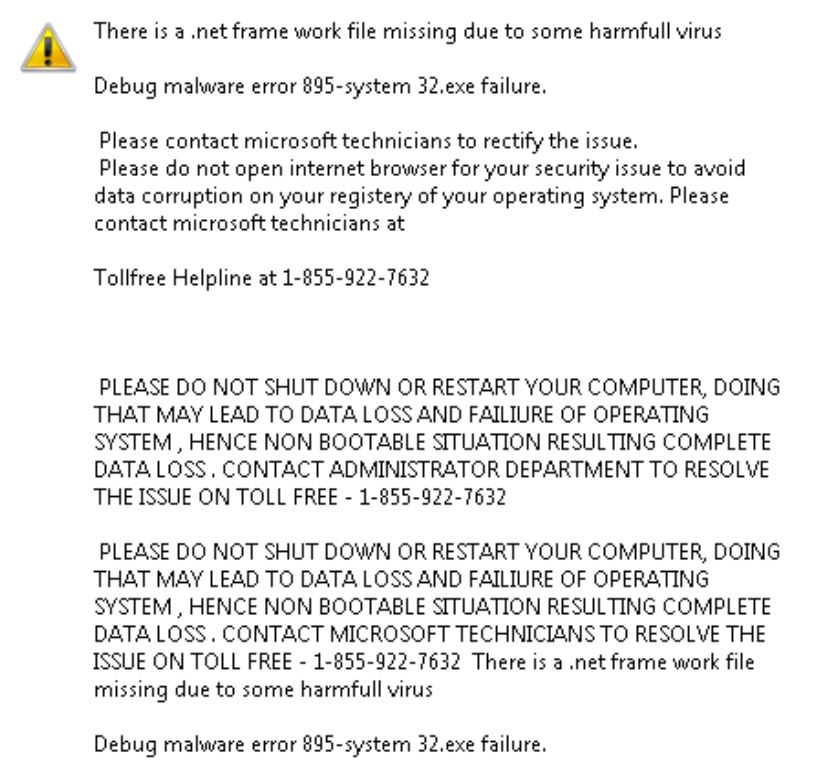 Source: Microsoft Malware Protection Center
Source: Microsoft Malware Protection Center
Brolo Fake BSOD Ransomware – How Did I Get It
This virus has been reported by Microsoft security researchers to affect users by utilizing JavaScript codes. It may arrive onto the user’s web browser by several different methods:
- Injected automatically via an adware program on the user PC.
- Inserted using spam mails containing malicious links and attachments
- Via messages featuring malicious links on online chat platforms.
After it has been executed, it might make an exploit or take advantage of a dead code and connect to a remote host after which deploy the payload.
Brolo Fake BSOD Ransomware – How Does It Work?
After it has been executed, the malicious payload may tamper with various registry entries, one of which may belong to the web browser you are using, for example:
→HKEY_LOCAL_MACHINE\SOFTWARE\Policies\Google\Chrome
It may set custom values to block every button, the address bar and other settings that may allow users to access their browser use it. This may be done by the malicious JavaScript, which monitors any commands that are input.
Besides a fake blue screen of death, Microsoft reports the malware to deploy a pop-up which may contain a message of the following character:
→ “There is a .net frame work file missing due to some harmfull virus
Debug malware error 895-system 32.exe failure.
Please contact Microsoft technicians to rectify the issue.Please do not open internet browser for your security issue to avoid data corruption on your registry of your operating system. Please contact Microsoft technicians at: {cyber-criminals’ phone number}”
The message may also have additional scareware texts written in capital fonts:
→ “PLEASE DO NOT SHUT DOWN OR RESTART YOUR COMPUTER, DOING THAT MAY LEAD TO DATA LOSS AND FAILURE OF OPERATING SYSTEM, HENCE NON BOOTABLE SITUATION RESULTING COMPLETE DATA LOSS. CONTACT ADMINISTRATOR DEPARTMENT TO RESOLVE THE ISSUE ON TOLL-FREE {cyber-criminals’ phone number}”
Furthermore, the languages of the message may vary, depending on the location of the user. All users who come across this message should immediately disconnect from the internet and remove this malware.
Remove Brolo Fake BSOD Ransomware Completely
To remove Brolo a conventional restart or directly deleting the browser from %Program Files% will may not be successful, since the malware may cause real system freezes and interruptions. Furthermore, it may reappear when another web browser is installed since it may have files concealed in several key Windows locations:
- %AppData%
- %Roaming%
- %System%
- %Temp%
- %Users%
To get rid of it successfully it is strongly recommended to follow the removal steps below since they are methodically arranged for maximum effectiveness. We also advise using an advanced anti-malware tool that is updated to the latest definitions in order to catch any obfuscators of the malware and also protect you in the future.
Manually delete Brolo.C from Windows and your browser.
Note! Substantial notification about the Brolo.C threat: Manual removal of Brolo.C requires interference with system files and registries. Thus, it can cause damage to your PC. Even if your computer skills are not at a professional level, don’t worry. You can do the removal yourself just in 5 minutes, using a malware removal tool.
Automatically remove Brolo.C by downloading an advanced anti-malware program.
- Step 1
- Step 2
- Step 3
- Step 4
- Step 5
Step 1: Scan for Brolo.C with SpyHunter Anti-Malware Tool



Ransomware Automatic Removal - Video Guide
Step 2: Uninstall Brolo.C and related malware from Windows
Here is a method in few easy steps that should be able to uninstall most programs. No matter if you are using Windows 10, 8, 7, Vista or XP, those steps will get the job done. Dragging the program or its folder to the recycle bin can be a very bad decision. If you do that, bits and pieces of the program are left behind, and that can lead to unstable work of your PC, errors with the file type associations and other unpleasant activities. The proper way to get a program off your computer is to Uninstall it. To do that:


 Follow the instructions above and you will successfully delete most unwanted and malicious programs.
Follow the instructions above and you will successfully delete most unwanted and malicious programs.
Step 3: Clean any registries, created by Brolo.C on your computer.
The usually targeted registries of Windows machines are the following:
- HKEY_LOCAL_MACHINE\Software\Microsoft\Windows\CurrentVersion\Run
- HKEY_CURRENT_USER\Software\Microsoft\Windows\CurrentVersion\Run
- HKEY_LOCAL_MACHINE\Software\Microsoft\Windows\CurrentVersion\RunOnce
- HKEY_CURRENT_USER\Software\Microsoft\Windows\CurrentVersion\RunOnce
You can access them by opening the Windows registry editor and deleting any values, created by Brolo.C there. This can happen by following the steps underneath:


 Tip: To find a virus-created value, you can right-click on it and click "Modify" to see which file it is set to run. If this is the virus file location, remove the value.
Tip: To find a virus-created value, you can right-click on it and click "Modify" to see which file it is set to run. If this is the virus file location, remove the value.
Before starting "Step 4", please boot back into Normal mode, in case you are currently in Safe Mode.
This will enable you to install and use SpyHunter 5 successfully.
Step 4: Boot Your PC In Safe Mode to isolate and remove Brolo.C





Step 5: Try to Restore Files Encrypted by Brolo.C.
Method 1: Use STOP Decrypter by Emsisoft.
Not all variants of this ransomware can be decrypted for free, but we have added the decryptor used by researchers that is often updated with the variants which become eventually decrypted. You can try and decrypt your files using the instructions below, but if they do not work, then unfortunately your variant of the ransomware virus is not decryptable.
Follow the instructions below to use the Emsisoft decrypter and decrypt your files for free. You can download the Emsisoft decryption tool linked here and then follow the steps provided below:
1 Right-click on the decrypter and click on Run as Administrator as shown below:

2. Agree with the license terms:

3. Click on "Add Folder" and then add the folders where you want files decrypted as shown underneath:

4. Click on "Decrypt" and wait for your files to be decoded.

Note: Credit for the decryptor goes to Emsisoft researchers who have made the breakthrough with this virus.
Method 2: Use data recovery software
Ransomware infections and Brolo.C aim to encrypt your files using an encryption algorithm which may be very difficult to decrypt. This is why we have suggested a data recovery method that may help you go around direct decryption and try to restore your files. Bear in mind that this method may not be 100% effective but may also help you a little or a lot in different situations.
Simply click on the link and on the website menus on the top, choose Data Recovery - Data Recovery Wizard for Windows or Mac (depending on your OS), and then download and run the tool.
Brolo.C-FAQ
What is Brolo.C Ransomware?
Brolo.C is a ransomware infection - the malicious software that enters your computer silently and blocks either access to the computer itself or encrypt your files.
Many ransomware viruses use sophisticated encryption algorithms to make your files inaccessible. The goal of ransomware infections is to demand that you pay a ransom payment to get access to your files back.
What Does Brolo.C Ransomware Do?
Ransomware in general is a malicious software that is designed to block access to your computer or files until a ransom is paid.
Ransomware viruses can also damage your system, corrupt data and delete files, resulting in the permanent loss of important files.
How Does Brolo.C Infect?
Via several ways.Brolo.C Ransomware infects computers by being sent via phishing emails, containing virus attachment. This attachment is usually masked as an important document, like an invoice, bank document or even a plane ticket and it looks very convincing to users.
Another way you may become a victim of Brolo.C is if you download a fake installer, crack or patch from a low reputation website or if you click on a virus link. Many users report getting a ransomware infection by downloading torrents.
How to Open .Brolo.C files?
You can't without a decryptor. At this point, the .Brolo.C files are encrypted. You can only open them once they are decrypted using a specific decryption key for the particular algorithm.
What to Do If a Decryptor Does Not Work?
Do not panic, and backup the files. If a decryptor did not decrypt your .Brolo.C files successfully, then do not despair, because this virus is still new.
Can I Restore ".Brolo.C" Files?
Yes, sometimes files can be restored. We have suggested several file recovery methods that could work if you want to restore .Brolo.C files.
These methods are in no way 100% guaranteed that you will be able to get your files back. But if you have a backup, your chances of success are much greater.
How To Get Rid of Brolo.C Virus?
The safest way and the most efficient one for the removal of this ransomware infection is the use a professional anti-malware program.
It will scan for and locate Brolo.C ransomware and then remove it without causing any additional harm to your important .Brolo.C files.
Can I Report Ransomware to Authorities?
In case your computer got infected with a ransomware infection, you can report it to the local Police departments. It can help authorities worldwide track and determine the perpetrators behind the virus that has infected your computer.
Below, we have prepared a list with government websites, where you can file a report in case you are a victim of a cybercrime:
Cyber-security authorities, responsible for handling ransomware attack reports in different regions all over the world:
Germany - Offizielles Portal der deutschen Polizei
United States - IC3 Internet Crime Complaint Centre
United Kingdom - Action Fraud Police
France - Ministère de l'Intérieur
Italy - Polizia Di Stato
Spain - Policía Nacional
Netherlands - Politie
Poland - Policja
Portugal - Polícia Judiciária
Greece - Cyber Crime Unit (Hellenic Police)
India - Mumbai Police - CyberCrime Investigation Cell
Australia - Australian High Tech Crime Center
Reports may be responded to in different timeframes, depending on your local authorities.
Can You Stop Ransomware from Encrypting Your Files?
Yes, you can prevent ransomware. The best way to do this is to ensure your computer system is updated with the latest security patches, use a reputable anti-malware program and firewall, backup your important files frequently, and avoid clicking on malicious links or downloading unknown files.
Can Brolo.C Ransomware Steal Your Data?
Yes, in most cases ransomware will steal your information. It is a form of malware that steals data from a user's computer, encrypts it, and then demands a ransom in order to decrypt it.
In many cases, the malware authors or attackers will threaten to delete the data or publish it online unless the ransom is paid.
Can Ransomware Infect WiFi?
Yes, ransomware can infect WiFi networks, as malicious actors can use it to gain control of the network, steal confidential data, and lock out users. If a ransomware attack is successful, it could lead to a loss of service and/or data, and in some cases, financial losses.
Should I Pay Ransomware?
No, you should not pay ransomware extortionists. Paying them only encourages criminals and does not guarantee that the files or data will be restored. The better approach is to have a secure backup of important data and be vigilant about security in the first place.
What Happens If I Don't Pay Ransom?
If you don't pay the ransom, the hackers may still have access to your computer, data, or files and may continue to threaten to expose or delete them, or even use them to commit cybercrimes. In some cases, they may even continue to demand additional ransom payments.
Can a Ransomware Attack Be Detected?
Yes, ransomware can be detected. Anti-malware software and other advanced security tools can detect ransomware and alert the user when it is present on a machine.
It is important to stay up-to-date on the latest security measures and to keep security software updated to ensure ransomware can be detected and prevented.
Do Ransomware Criminals Get Caught?
Yes, ransomware criminals do get caught. Law enforcement agencies, such as the FBI, Interpol and others have been successful in tracking down and prosecuting ransomware criminals in the US and other countries. As ransomware threats continue to increase, so does the enforcement activity.
About the Brolo.C Research
The content we publish on SensorsTechForum.com, this Brolo.C how-to removal guide included, is the outcome of extensive research, hard work and our team’s devotion to help you remove the specific malware and restore your encrypted files.
How did we conduct the research on this ransomware?
Our research is based on an independent investigation. We are in contact with independent security researchers, and as such, we receive daily updates on the latest malware and ransomware definitions.
Furthermore, the research behind the Brolo.C ransomware threat is backed with VirusTotal and the NoMoreRansom project.
To better understand the ransomware threat, please refer to the following articles which provide knowledgeable details.
As a site that has been dedicated to providing free removal instructions for ransomware and malware since 2014, SensorsTechForum’s recommendation is to only pay attention to trustworthy sources.
How to recognize trustworthy sources:
- Always check "About Us" web page.
- Profile of the content creator.
- Make sure that real people are behind the site and not fake names and profiles.
- Verify Facebook, LinkedIn and Twitter personal profiles.













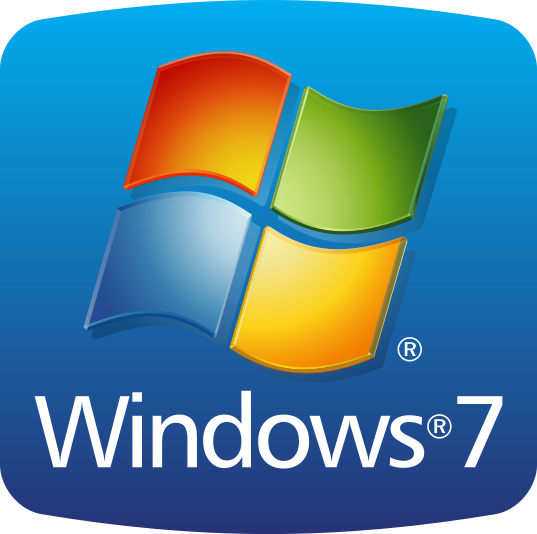 1. For Windows 7,XP and Vista.
1. For Windows 7,XP and Vista.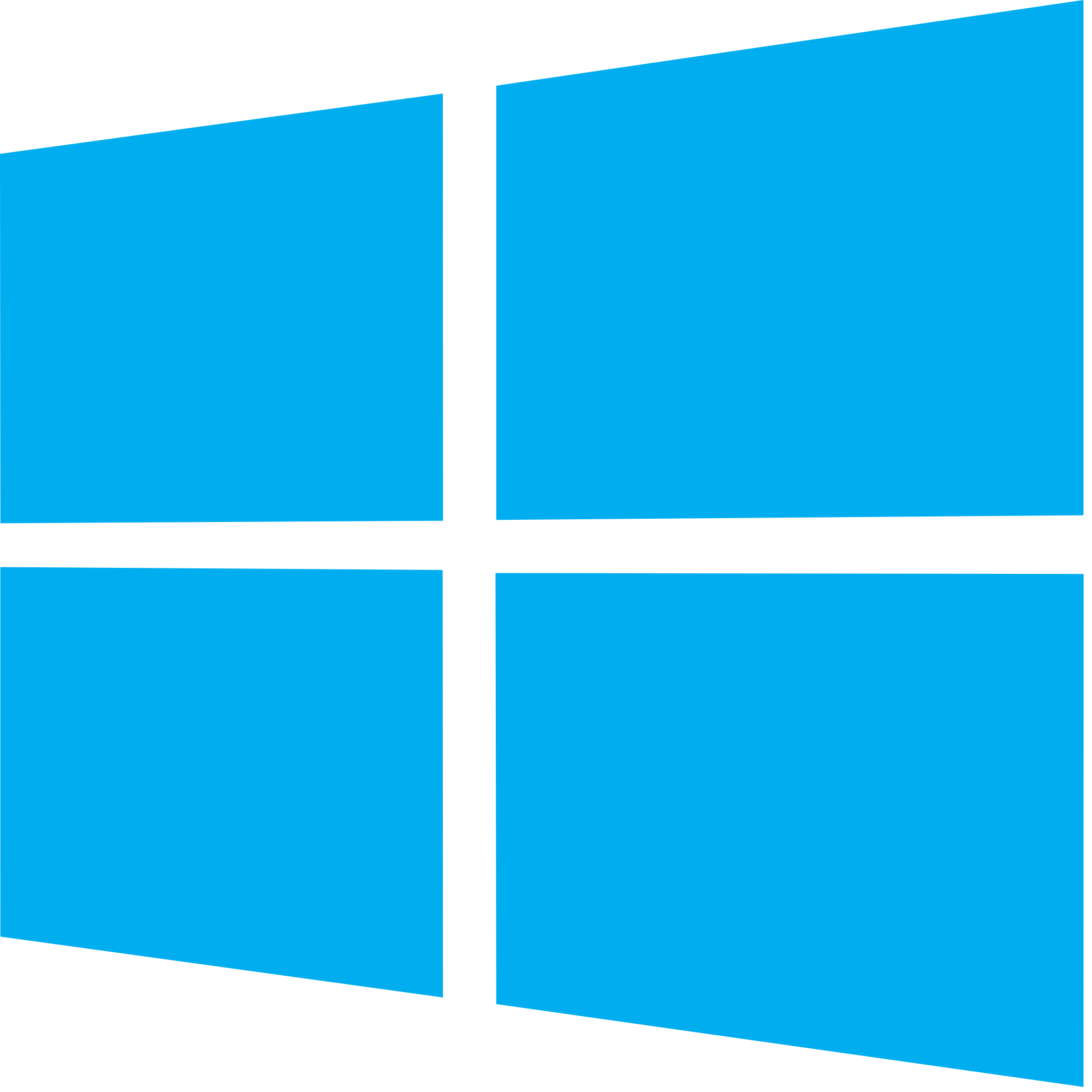 2. For Windows 8, 8.1 and 10.
2. For Windows 8, 8.1 and 10.
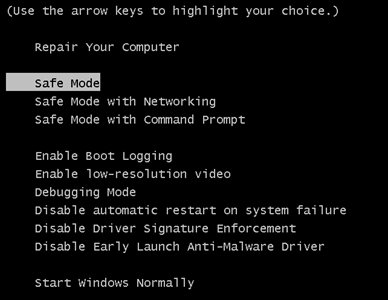
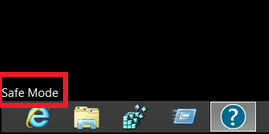
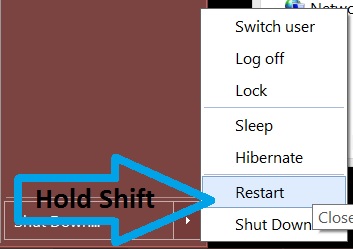
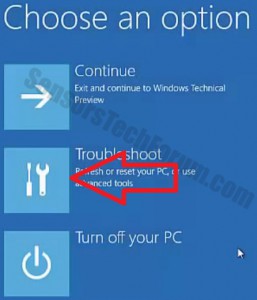
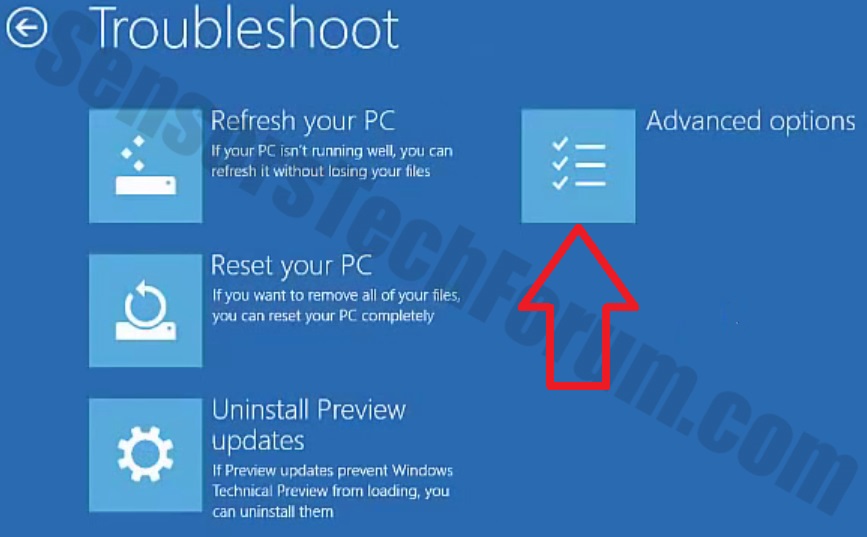
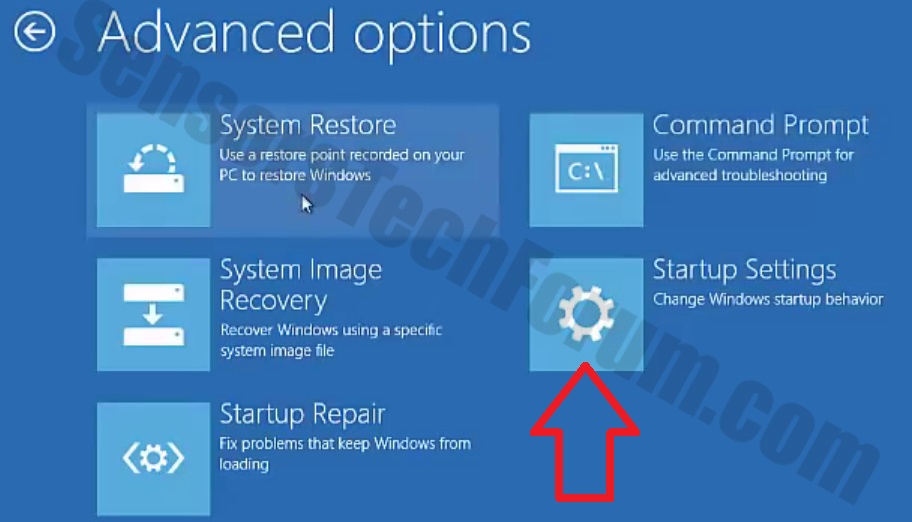
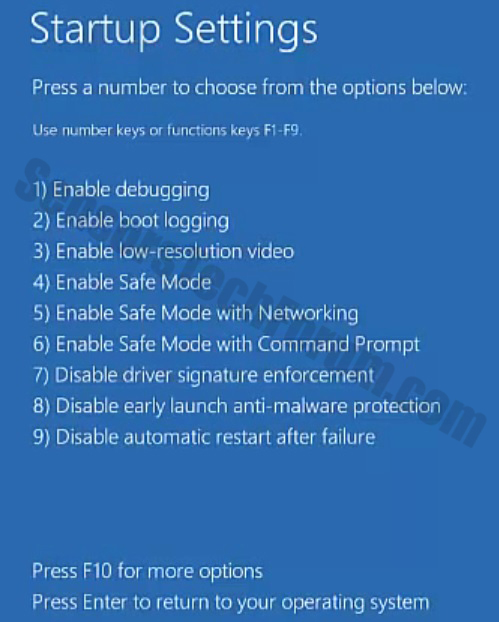
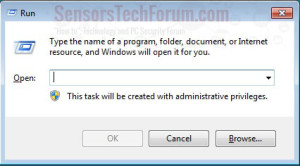
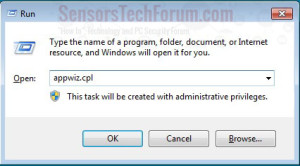
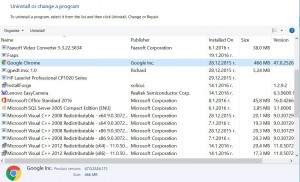
 1. Install SpyHunter to scan for and remove Brolo.C.
1. Install SpyHunter to scan for and remove Brolo.C.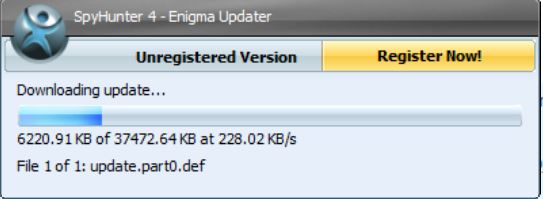
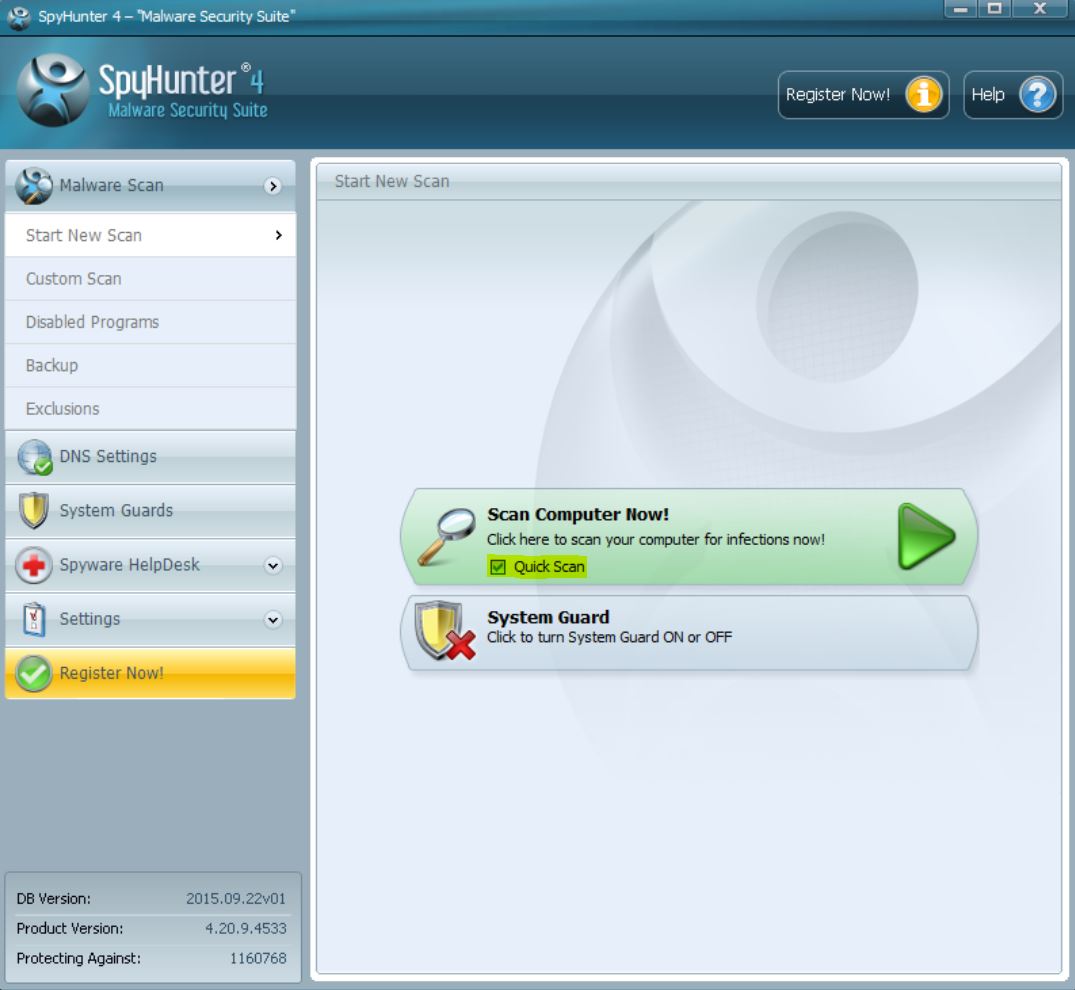
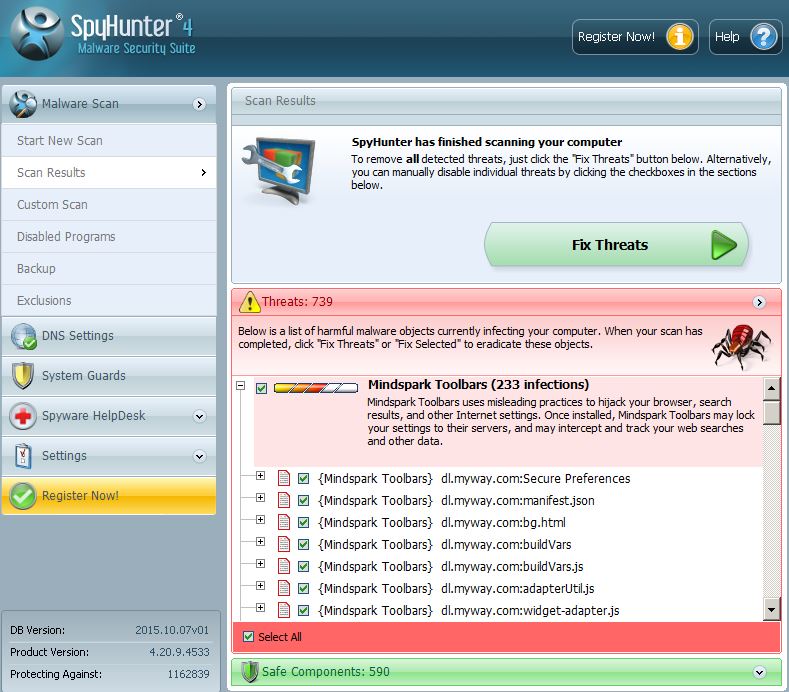
 Malwarebytes Anti-Malware
Malwarebytes Anti-Malware STOPZilla Anti Malware
STOPZilla Anti Malware